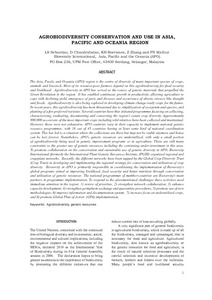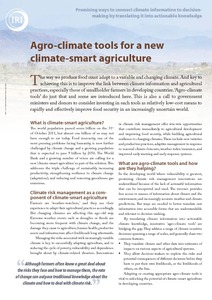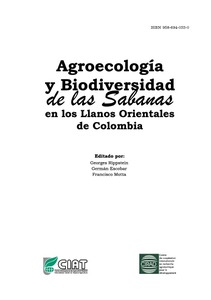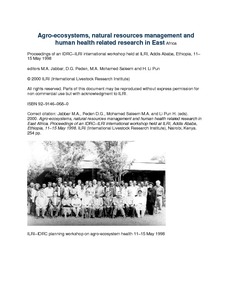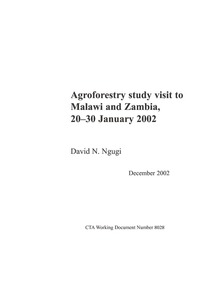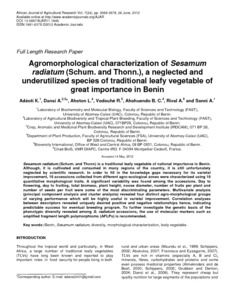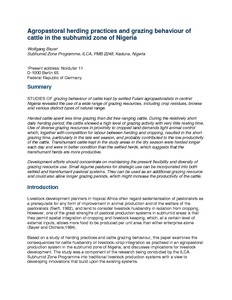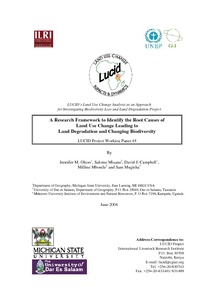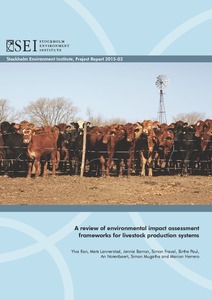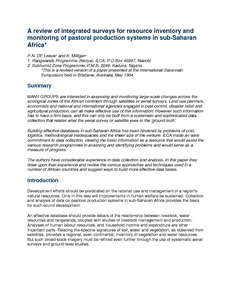Agrobiodiversity conservation and use in Asia, Pacific and Oceania
The Asia, Pacific and Oceania (APO) region is the centre of diversity of many important species of crops, animals and livestock. Most of its resource-poor farmers depend on this agrobiodiversity for food security and livelihood. Agrobiodiversity in APO has served as the source of genetic materials that propelled the Green Revolution in the region. It has enabled continuous growth in productivity, allowing agriculture to cope with declining yield, emergence of pests and diseases and occurrence of abiotic stresses like drought and floods.

